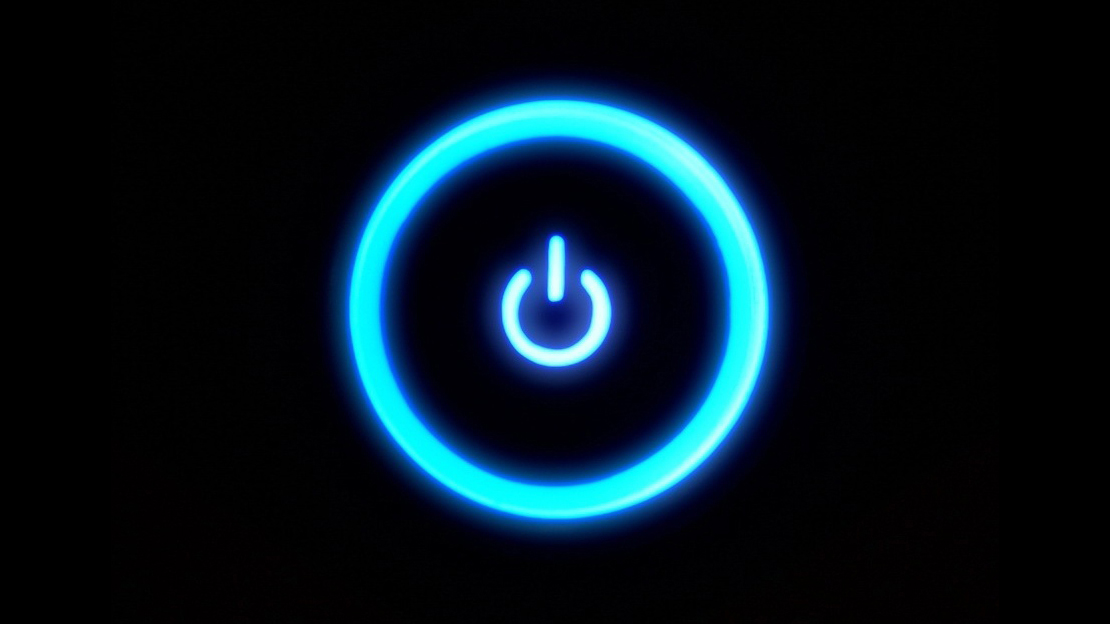If you have ever owned a laptop, netbook, or another device that runs on a battery, chances are you have put that device to “sleep” when you have disconnected it from a power source. Many times when we use the device after putting it to sleep, it starts really quickly.
Operating systems support a sleep mode as well as another power down state called hibernate. Both modes are different in how they store data and the amount of power they use. Understanding the difference can help you determine which state you should leave your computer in once you are done using it.
Sleep Mode
For those that use a laptop, or similar device, on a regular basis, you are probably familiar with this mode – especially if you even talk about putting your laptop to “sleep.”
When a computer enters this mode, the data remains in RAM (memory) so when the user uses the computer again, the computer instantly starts up from where they left off.
In this state, the RAM in the computer still remains powered to retain the information that is stored in memory. This means, that while power is reduce, or cut off from the rest of the system, there is still power being used for the RAM.
For laptop computers, the battery is still being drained to keep the RAM powered. The benefit is that the computer starts up really quickly since there is no need to reload the operating systems again along with any programs. The drawback is that if power is ever lost – the battery is drained – all work that wasn’t saved would be lost.
To avoid losing any data, you can put your computer into a hibernate state.
Hibernate
While the sleep mode of a computer keeps data in memory, and also keeps the memory powered, the hibernate state moves the data from memory and stores it on the hard drive, and then powers down the computer. Once the computer is restarted, the data that was previously stored in memory is moved from the hard drive and back into memory.
Since the local hard drive is not volatile, meaning it won’t lose the data when the power if turned off, this helps to prevent any loss of data. The one drawback is that a computer restart isn’t as fast as sleep mode because the data must be copied from the hard drive to memory before the user can use the computer. Hibernate is faster, however, than starting a computer from a cold boot (from a complete shutdown).
Also, because the contents of memory must be copied to the hard drive, you must have enough space on the hard drive equivalent to the amount of memory. If you have 4 gigabytes of RAM installed, then you must have 4 gigabytes of hard drive space. Windows creates a hibernate file on the computer when the hibernate option is enabled.
Hybrid Sleep
The hybrid sleep mode is a mix between sleep mode and hibernate. The contents of memory stays in RAM, and is also transferred to the hard drive. The memory of the computer remains powered.
When the computer is restarted, and no power was lost during sleep mode, the computer will start up instantly because of the data being stored in memory.
If, however, power was lost while in sleep mode, the data that was once stored in memory (which is now lost because of the power outage), is retrieved from the hard drive, just as it does with hibernate.
Naming Conventions
Since computer began providing a means of entering a sleep mode, the actual name of the sleep mode has changed. Here is a list of what various operating systems have called sleep mode:
| Sleep Mode Name | Operating System |
|---|---|
| Suspend | Windows 95 Linux |
| Stand By | Windows 98 – Windows 2003 |
| Sleep | Windows Vista – Windows 2008 Mac OS 8 – OS X |
Regardless of the naming convention that is used, putting your computer into sleep mode, or in the hibernate state can be a good idea to conserve power and provide a quicker startup.
